Understanding Different Types of Axles: CV Axle, Drive Axle, and More
Axles are vital components of any vehicle, transferring power from the engine to the wheels and ensuring smooth movement. Whether you're dealing with a cv axle front wheel drive, a four wheel drive front axle, or exploring the mechanics of a double reduction drive axle, understanding how each works is essential for both vehicle maintenance and performance optimization. In this article, we’ll break down these various axles, their functionality, and how they contribute to overall vehicle operation.
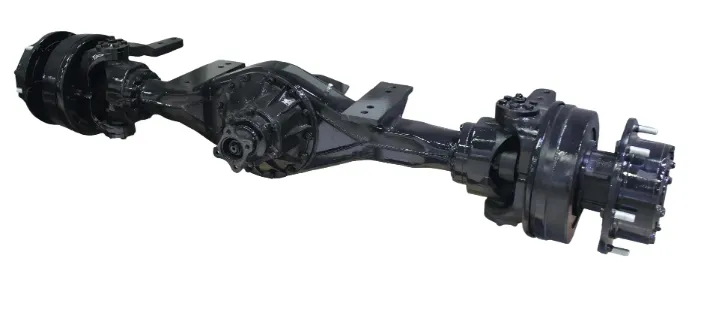
CV Axle Front Wheel Drive: The Heart of Front-Wheel Drive Vehicles
The cv axle front wheel drive plays a crucial role in transferring power from the engine to the front wheels. This is especially important in front-wheel drive (FWD) vehicles, where the front wheels are responsible for both power and steering. The CV, or Constant Velocity, axle is designed to maintain consistent rotational speed while allowing for smooth and efficient movement. It’s a key component for ensuring that front-wheel drive vehicles can handle sharp turns and rough terrain while maintaining a smooth ride.
What is a CV Axle?
A cv axle front wheel drive consists of a shaft with joints that allow for flexibility and movement. The CV joints enable the axle to handle changes in angles and keep the power flowing to the wheels without interruption, even when the vehicle is turning or driving on uneven surfaces.
Why Are CV Axles Important?
Without a cv axle front wheel drive, your vehicle wouldn’t be able to move power from the engine to the front wheels, which are responsible for both propulsion and steering. The durability and design of these axles ensure that you can drive smoothly and safely, even when navigating turns and bumpy roads.
Durability and Maintenance
One of the key benefits of the cv axle front wheel drive is its ability to withstand continuous rotational motion while still maintaining flexibility. Regular maintenance, such as ensuring the CV boots are intact and free of damage, is crucial for extending the life of these axles.
Common Problems with CV Axles
If you hear a clicking noise when turning, or if your vehicle has difficulty accelerating smoothly, it could be a sign of a problem with your cv axle front wheel drive. A worn or damaged CV joint can affect handling and lead to more severe issues if left unchecked.
The cv axle front wheel drive is an integral part of front-wheel-drive vehicles, ensuring smooth performance, safe handling, and efficient power transfer.
Four Wheel Drive Front Axle: Powering All-Terrain Adventures
The four wheel drive front axle is an essential component in any 4WD (four-wheel drive) system, distributing power to the front wheels to enable all-wheel traction. Unlike a standard 2WD system, where power is sent only to the rear or front wheels, a four wheel drive front axle ensures that both the front and rear wheels are engaged, providing improved traction on various terrains. This makes it a must-have for off-road vehicles and trucks designed to handle rough conditions.
What is a Four Wheel Drive Front Axle?
A four wheel drive front axle is designed to work in tandem with the rear axle to send power to all four wheels of the vehicle. This configuration is crucial for vehicles that need enhanced traction, especially in challenging driving conditions such as mud, snow, or sand.
Why Choose a Four Wheel Drive Front Axle?
A four wheel drive front axle is ideal for off-road adventures, heavy towing, or any situation that requires maximum traction. When driving through difficult terrains, the 4WD system, and specifically the four wheel drive front axle, ensures that all four wheels are working together to maintain control and stability.
Advantages Over Two-Wheel Drive Systems
With a four wheel drive front axle, vehicles can easily transition between two-wheel drive and four-wheel drive, offering versatility and performance in various conditions. In contrast, a 2WD system would struggle to maintain traction in slippery or uneven terrain.
Maintenance of Four Wheel Drive Front Axles
To ensure that your four wheel drive front axle continues to operate efficiently, regular maintenance is required. This includes checking for fluid leaks, inspecting the differential, and ensuring that all joints and components are in good condition.
The four wheel drive front axle is an essential component for any vehicle designed to handle tough environments, making it an indispensable part of off-road and adventure vehicles.
Double Reduction Drive Axle: Enhancing Efficiency and Power Distribution
The double reduction drive axle is a specialized axle system designed to provide greater torque and power distribution to the wheels. Commonly used in large trucks, heavy-duty vehicles, and industrial machines, this axle system ensures that maximum power is delivered to the wheels even under heavy loads, making it perfect for applications that require high-performance and durability.
What is a Double Reduction Drive Axle?
A double reduction drive axle uses two sets of gears to reduce the speed of the rotating input shaft while increasing the amount of torque. This allows the vehicle to carry heavier loads and maintain high efficiency, especially when climbing hills or traveling at lower speeds under heavy load conditions.
Why Is Double Reduction Important?
The double reduction drive axle is ideal for vehicles that need to operate under high stress, such as dump trucks, semi-trailers, and construction vehicles. The system offers greater mechanical advantage, which helps improve towing capacity and handling of heavy loads.
How Does It Work?
By utilizing two gear reductions, the double reduction drive axle enables the vehicle to operate with increased torque while reducing the wear and tear on individual gears. This helps extend the lifespan of the axle and ensures reliable performance over time.
Applications of Double Reduction Axles
Double reduction drive axles are often used in vehicles involved in long-haul trucking, mining, and construction, where the ability to carry heavy loads over extended distances is critical. These axles offer both efficiency and durability under demanding conditions.
The double reduction drive axle is an essential tool for maximizing torque and efficiency, particularly in vehicles and machinery that handle large payloads and tough environments.
Steer Axle and Drive Axle: Understanding Their Roles in Vehicle Performance
The steer axle and drive axle serve distinct roles in a vehicle, but both are essential for the smooth operation of trucks, buses, and large commercial vehicles. The steer axle is responsible for steering the vehicle, while the drive axle is the primary source of power delivery to the wheels. Together, these axles work in harmony to ensure safe handling and effective propulsion.
What Is a Steer Axle?
The steer axle is located at the front of the vehicle and is responsible for steering the vehicle in the direction desired by the driver. It typically includes a set of wheels and a suspension system designed to absorb shocks and provide stability during turning.
What Is a Drive Axle?
The drive axle is the axle that transmits power from the engine to the wheels, enabling the vehicle to move forward. Depending on the vehicle configuration, the drive axle can be located at the front (in a front-wheel drive vehicle) or at the rear (in a rear-wheel drive vehicle).
How Do Steer Axles and Drive Axles Work Together?
While the steer axle controls the vehicle’s direction, the drive axle is responsible for ensuring that the vehicle moves forward. In larger vehicles, both axles must work in tandem to provide optimal handling and propulsion, ensuring that the vehicle performs well on the road.
Why Are Both Axles Important for Heavy Vehicles?
In commercial vehicles like trucks and buses, both the steer axle and the drive axle are essential for safety, maneuverability, and power. A malfunction in either axle could result in difficulty steering or moving, leading to safety hazards or operational inefficiency.
Both the steer axle and drive axle are critical components in heavy-duty vehicles, ensuring that they remain functional and efficient in delivering both power and control.
Drive Axle Shafts Are Also Called: Synonyms and Terminology Explained
When discussing vehicle axles, you may come across the term “drive axle shafts are also called” when referring to certain parts of the drivetrain. While the terminology can vary based on the vehicle’s design and manufacturer, understanding the common names for these components is essential for proper identification and maintenance.
What Are Drive Axle Shafts?
The drive axle shafts are also called half-shafts, propeller shafts, or axle shafts in some contexts. These shafts connect the differential to the wheels, transferring power from the engine to the wheels in rear-wheel or four-wheel-drive vehicles.
Synonyms for Drive Axle Shafts
Depending on the specific vehicle type, drive axle shafts are also called “half shafts” in front-wheel-drive vehicles, and “propeller shafts” in large trucks or rear-wheel-drive vehicles. Despite the different names, the function of the shaft remains the same: to transmit rotational power to the wheels.
Why Are These Shafts Important?
Drive axle shafts are crucial for the operation of any vehicle. Without them, the power from the engine would have no way to reach the wheels. This makes them vital components in both front-wheel and rear-wheel drive systems.
Common Problems with Drive Axle Shafts
Issues with the drive axle shafts often manifest as clunking noises, difficulty accelerating, or strange vibrations when driving. Regular inspection and maintenance are crucial for preventing damage to the axle shafts and ensuring smooth operation.
Steer Axle FAQs
What Does a CV Axle Do in a Front-Wheel Drive Vehicle?
A cv axle front wheel drive transfers power from the engine to the front wheels. It allows for smooth movement even when turning or navigating uneven surfaces, providing flexibility and efficient power delivery.
Can I Replace a Four Wheel Drive Front Axle Myself?
Replacing a four wheel drive front axle requires technical knowledge and specialized tools. If you're not experienced with automotive repairs, it’s best to have a professional perform the replacement to avoid damage or incorrect installation.
What Are the Benefits of a Double Reduction Drive Axle?
A double reduction drive axle offers increased torque and power, making it ideal for heavy-duty applications like towing and carrying large loads. It helps ensure the vehicle can operate effectively under high-stress conditions.
How Does the Steer Axle Differ from the Drive Axle?
The steer axle is responsible for controlling the direction of the vehicle, while the drive axle delivers power to the wheels. Both axles are essential for the proper functioning of heavy vehicles like trucks and buses.
What Are Drive Axle Shafts Also Called?
Drive axle shafts are also called half-shafts, propeller shafts, or axle shafts, depending on the vehicle configuration. These components transmit power from the engine to the wheels, ensuring smooth vehicle movement.
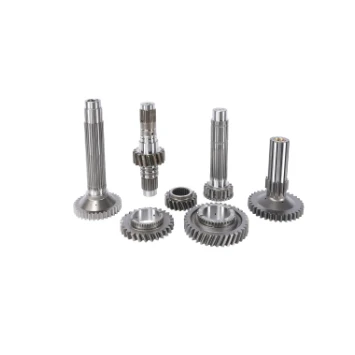
The agricultural and industrial machinery sector is experiencing remarkable growth, and at the heart of this expansion lies the trade and supply of tractors.
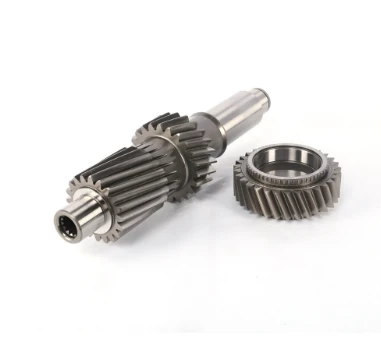
In the world of heavy - duty construction, the seamless operation of machinery is crucial for large - scale projects.
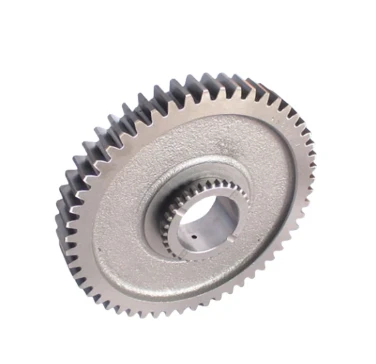
The world of tractors is vast and varied, catering to both practical agricultural needs and the passionate interests of collectors.
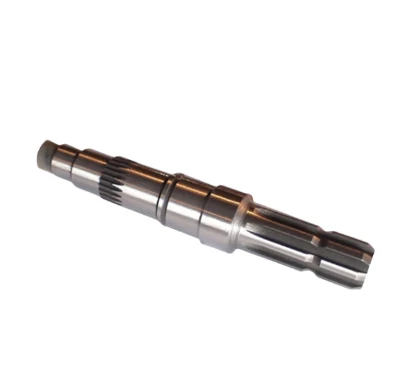
The agricultural and construction machinery landscape is constantly evolving, with tractors standing as essential workhorses for a variety of tasks.
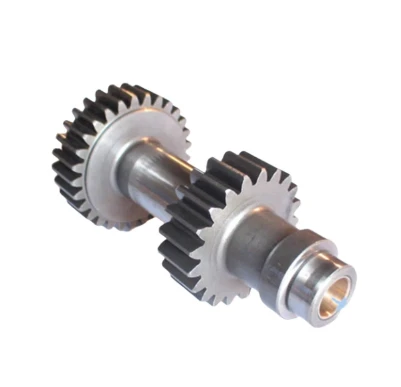
In the intricate world of mechanical engineering, gears are fundamental components that enable the seamless transfer and manipulation of power.
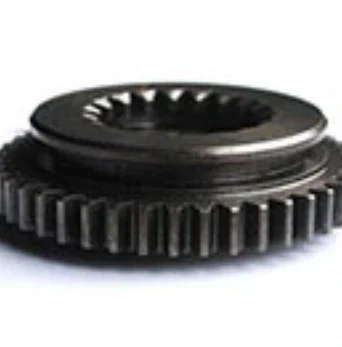
The market for tractors is a bustling hub, catering to a wide range of needs from large - scale farming operations to small - scale gardening projects.
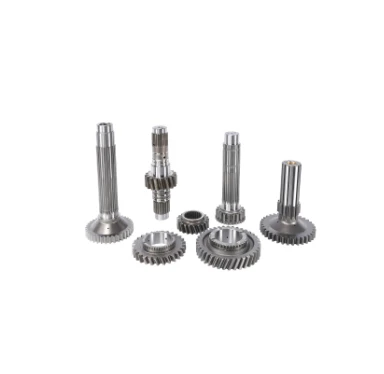
In the dynamic world of farming, machinery has become an essential part of efficient and productive operations.
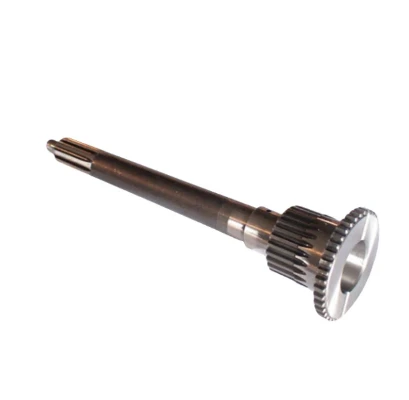
In the expansive realm of agriculture, various tools and machines play crucial roles in ensuring efficient crop production and overall farm management.
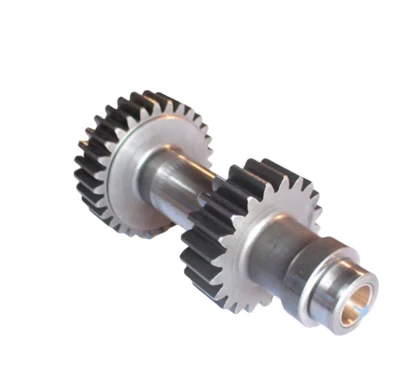
Tractors are essential workhorses in the agricultural and construction sectors, playing a pivotal role in a wide range of tasks.
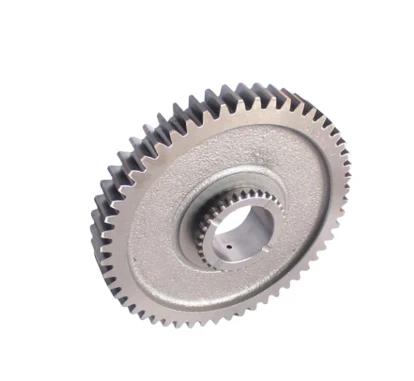
The agricultural and construction sectors rely heavily on tractors for their operations, and the entities involved in the production, distribution, and pricing of these machines shape the industry's trajectory.
International layout
Spread all over the world
our products are exported to various parts of the world. Currently, our products have been exported to more than 40 countries Our products cover Asia, Europe, Africa, South America, North America, and Oceania
Sign up
for Newsletter
Subscribe to the weekly newsletter for all the latest updates







